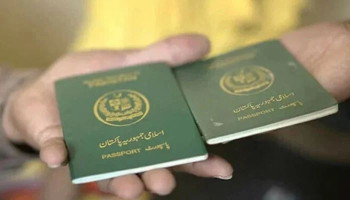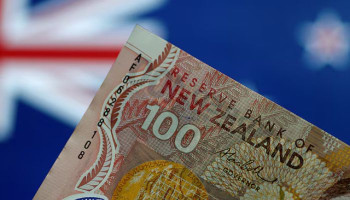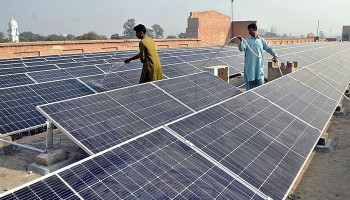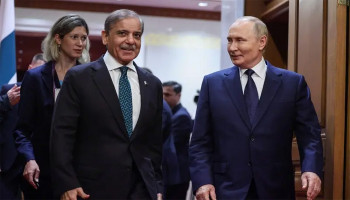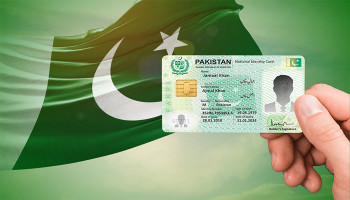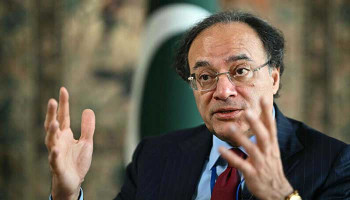
Pakistan's real effective exchange rate (REER) has dropped to a nine-month low. According to the State Bank of Pakistan, the REER touched 98.6 in September, the lowest since December last year.
What is REER in economy?
The real effective exchange rate measures how valuable one country's currency is compared to the other countries that it trades with, after removing inflation.
A lower REER indicates a more competitive currency, reducing the export price and thus encouraging more buyers in other countries.
REER depreciation in Pakistan
Experts attribute this decline in the REER to Pakistan's dropping inflation rate. Since June 2023, Pakistan's inflation has remained in a decline phase, with Consumer Price Index (CPI) inflation slowing down to 6.9% in September — the lowest since January 2021. This decline in inflation streamlined the REER.
Read more: Pakistan economy back on track, foreign funds flood local bonds
The depreciation of REER increased the competitiveness of the Pakistani rupee against other currencies. The rupee has maintained a range-bound trading pattern, closing at 277.68 per dollar in the interbank market.
In the open market, the rupee was stronger against the dollar at 278.75.
The Pak-Kuwait Investment Company head of research Samiullah Tariq said: "Lower inflation has brought down the REER and enhanced the competitiveness of the rupee of Pakistan."
However, experts warn that potential challenges lie ahead, including pressure on the rupee due to increasing demand for dollars from corporations and importers.





